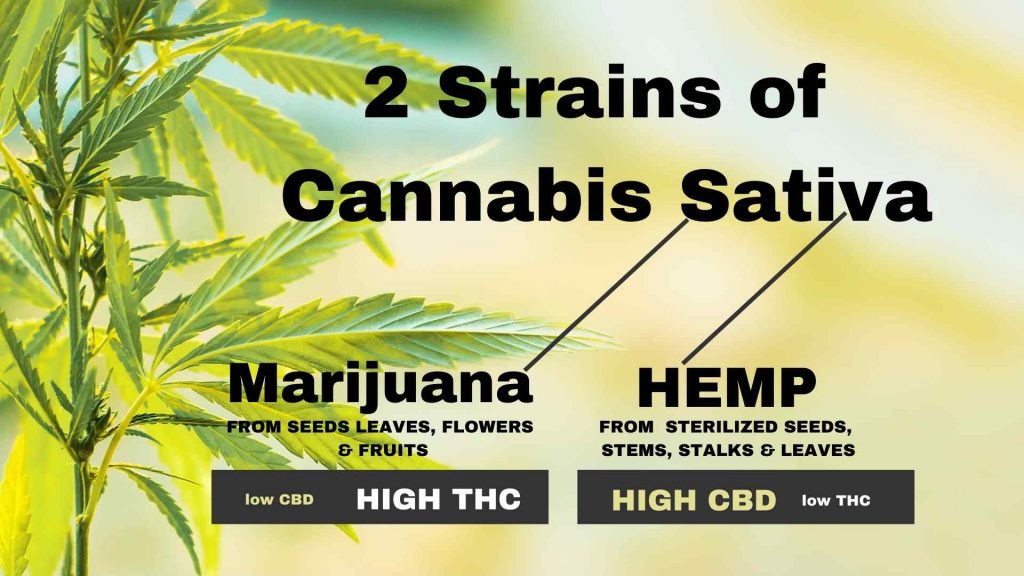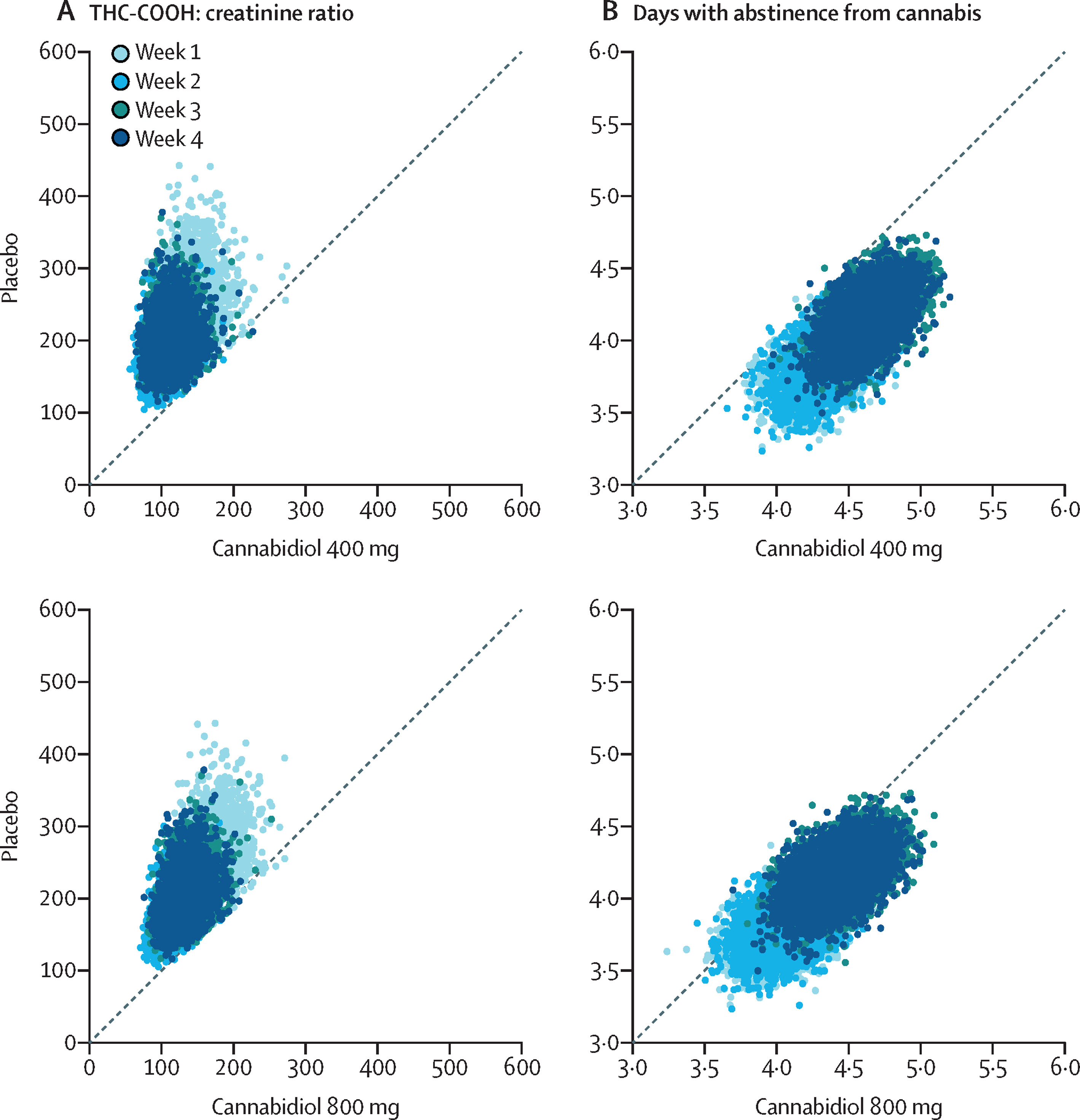
Cannabinoid hyperemesis (or cannabis-induced nausea) is a condition resulting from the use of cannabis. While the causes are not yet known, medical professionals are concerned about the growing use of cannabis worldwide. Multiple specialties are currently studying the syndrome, including pediatrics as well as forensic pathology. The symptoms of cannabinoid hyperemesis are related to the effects of D-9-tetrahydrocannabinol, a cannabinoid that binds to the CB1 receptor in the brain. A deregulated receptor could lead to nausea.
The symptoms
Cannabinoid hyperemesis syndrome is a condition in which people who use marijuana experience frequent episodes of nausea and vomiting. The symptoms can last several months or even years, and may be intermittent. This condition is caused by the active substances in marijuana. Cannabis can also cause emesis. A medical term that describes someone's tendency to vomit, it is also known as a cause.
A physician may be capable of diagnosing the condition based upon the symptoms the patient experiences. The healthcare provider will ask the patient about their medical history and perform a physical exam. Some healthcare providers may not know the exact condition and mistake it for another condition such as cyclical nausea disorder. Sometimes, the healthcare provider may refer the patient to a gastroenterologist to provide a more accurate diagnosis. But, it is not possible to confirm that a patient is suffering cannabinoid Hyperemesis Syndrome by performing a single test. It is common for patients to stop using marijuana in order to experience improvement.

Treatment
Cannabinoid hypoemesis syndrome, also known as CHS, is a severe condition that can occur when an individual consumes too much cannabis. The treatment options are varied depending on the severity of the condition. CHS treatment is best if you stop using cannabis. Some people may feel symptoms for several weeks following stopping cannabis use. However, symptoms usually disappear after the person stops using.
CHS patients often complain of abdominal pain. They may need to be admitted to an emergency department. Patients with CHS are often treated with pain medication and diagnostic procedures. Unfortunately, many of these patients return to the ED after recurrences. Cannabinoid hyperemesis can be managed by early treatment and detection.
Recovery phase
The recovery phase of cannabinoid hyperemeis (CHS) is often a critical time for patients with the disorder. Treatment focuses primarily on managing symptoms and stopping marijuana use. The patient will receive IV fluids during this phase and be closely monitored for signs of dehydration. In severe cases, an overnight stay may be necessary.
Most cases of cannabinoid Hyperemesic Syndrome will resolve within a few days. However, some individuals may experience relapses when they return to cannabis use. CHS is treatable with cognitive behavioral therapy, family therapy, and other treatments. The disorder cannot be treated by itself.

Diagnosis
Diagnosis of cannabinoiD hyperemesis syndrome is a complex process that can be complicated by a number of factors. These symptoms include nausea and cyclic vomit. To rule out other gastrointestinal problems, patients should be seen by a doctor. Often, CVS is accompanied by episodes of abdominal pain and GI bleeding. To rule out any underlying conditions or conditions, an upper endoscopy may be recommended.
Patients with cannabinoid hyperemesis may require follow-up. A multidisciplinary team is necessary to diagnose and treat such patients. It is possible that a patient may not believe cannabis use to be a cause of their symptoms. In such cases, it may be necessary for them to undergo repeat tests and get additional diagnostic data.
FAQ
Which are the best CBD uses?
CBD is best used as an alternative treatment to anxiety. It can also be used for pain relief, epilepsy treatment, inflammation, depression and other conditions.
There are many ways to consume CBD. CBD can be consumed in many ways. You can eat CBD-rich foods, take CBD tinctures or vape CBD eliquids.
CBD has many health benefits. It has been shown to help people suffering from chronic pain, PTSD, anxiety, and more.
Is the CBD industry on the rise?
Yes! This growth is expected to continue as legalization expands across North America. Canada is the only country that has legalized recreational use of cannabis. Many states have also passed medical marijuana laws.
This trend will likely continue at least another ten years, as more states adopt legislation allowing medicinal marijuana.
Legalizing marijuana is also a good economic decision. Legalizing pot has many other advantages, including a new market that is lucrative for farmers.
For example, it could help reduce crime rates by reducing the availability of illegal drugs. It could also provide a source of tax revenue for governments.
As legal marijuana is more popular, people may be less likely to smoke. This would result in fewer hangovers, and lower healthcare costs.
Patients with chronic pain might find that marijuana actually helps to improve their quality-of-life. Many people believe that THC, the active ingredient in marijuana can relieve nausea and muscle spasms caused by chemotherapy.
Finally, marijuana might become a valuable tool for treating mental illnesses such as depression and anxiety. Some studies have shown that marijuana can treat schizophrenia.
The future is bright for CBD, but there are still many challenges ahead.
Where can I find CBD products?
CBD can be bought online or at your local retailer. Online retailers often offer better deals. You will find that many websites sell CBD products made using industrial hemp, which contains less than 0.3% THC.
You can shop locally if you prefer to buy CBD products from brick-and-mortar stores.
Many states now allow CBD products to sold without a prescription. CBD products might be available for purchase at your local pharmacies if you're a resident in one of these states.
CBD products might even be delivered directly at your doorstep.
Is the CBD market saturated?
CBD is seeing a steady growth rate of 25 percent annually. This growth rate is expected to continue at least for five more years. The industry is forecast to grow from $2 Billion to $5 Billion by 2020.
Two companies currently dominate the CBD market - GW Pharmaceuticals & Canndoc Ltd. Both companies have a focus on creating pharmaceutical-grade products. However, they have not been very successful thus far. Both are struggling to gain traction on the market.
Cannabidiol or CBD is a form of cannabis extract with less than 0.3% HHC. It doesn't produce any psychoactive effects. It can be used to treat epilepsy or other medical conditions. It is also used to supplement a diet.
There are many options for CBD products. Some CBD products contain whole plant extracts. Others use CBD-rich cannabinoids.
These products all share one thing in common: low levels are THC.
They are now legal under US federal laws. But, you still have to adhere to local laws when selling CBD products. Always check your state's laws regarding CBD products.
There are also several states that CBD products are prohibited. These include California and Colorado, Florida, Mississippi. Missouri, New York. North Carolina. Ohio. Oklahoma. Oregon. Rhode Island. South Dakota. Texas. Utah. Virginia. Washington.
If you live in one of these states, then you will probably want to avoid making CBD products.
What are the most common mistakes companies make when they try to enter the US market for cannabinoid products?
Not understanding the regulations for cannabis products is a first mistake. This could result in you needing to alter your product formulation.
Unskilled labeling is the second. You need to know if your product contains THC, CBD, or both.
Third, it is important to understand how to properly package your product. If your product contains THC, you need to ensure it is packed in child-resistant containers.
You can still use all the packaging laws even if your product contains no THC. Many states have legalized cannabidiol (CBD).
Remember to keep track of any recalls for your products. It is crucial to notify customers as soon possible if you have a problem with your product.
Are there any studies that CBD can reduce anxiety?
CBD oil works well to reduce anxiety. This is because it interacts directly with CB1 or CB2 brain receptors. The endocannabinoid systems regulates mood and stress response.
CB1 receptor activation occurs when our bodies feel anxious. This receptor triggers the amygdala and is responsible to emotional processing.
When the CB1 receptor blockage occurs, the amygdala is unable to receive the signal necessary for processing emotions. CBD users report less negative feelings.
A 2017 study revealed that CBD lowers anxiety in patients suffering from social phobia. Another study showed that CBD reduces symptoms of PTSD.
A 2018 review concluded CBD's anxiolytic qualities could be helpful in treating generalized anxiety disorder.
Another study concluded that CBD may help with panic attacks.
However, numerous studies have shown CBD to increase anxiety levels in mice.
The discrepancy found between the animal results and human data might be due to differences of how CBD affects humans and animals.
CBD has not been shown to be safe long-term. Experts agree that CBD is safe when taken as directed.
Statistics
- A recent systematic review of human trials also reported that individuals with epilepsy receiving CBD (5–20 mg·kg−1·day−1) were more likely to experience decreased appetite than those receiving placebo (i.e., ~20 vs. 5% of patients) (ncbi.nlm.nih.gov)
- OralWhere HED is the human equivalent dose, and Km is a correction factor estimated by dividing the average body mass (BM) of the species (60, 0.020, and 0.150 kg for 11 humans, mice, and rats, respectively) and by its surface area (see: Nair et al. (ncbi.nlm.nih.gov)
- A recent study [161] also found that in vitro CBD treatment (i.e., ≤ 2 h exposure to 10 μM) induced ~40% vasorelaxation in isolated (pre-constricted) (ncbi.nlm.nih.gov)
- CBD seems unlikely to directly influence sleep in healthy humans [115] (and maybe “sleep-promoting” in those with certain comorbid conditions) (ncbi.nlm.nih.gov)
- The use of these products is likely to become even more widespread if the World Health Organization's recommendation that CBD no longer is scheduled in the international drug control conventions is adopted by the United Nations member states [201]. (ncbi.nlm.nih.gov)
External Links
How To
How to promote CBD on social networks
Social Media channels, such as Facebook, Twitter, Instagram and Pinterest, can help you promote your product.
Social Media Marketing, or SMM, is one of the most powerful marketing tools today. You can reach customers and prospects on a massive scale with this tool without ever needing a phone call or mass email. The only thing holding you back is your creativity. What do you think would work best in YOUR business?
CBD is a Cannabis Sativa cannabis plant extract well-known for its medicinal properties. There are several types of CBD products. The two most popular are full spectrum and isolate. Isolate CBD oil is extracted from the hemp flower, while full spectrum CBD oil is extracted from the whole plant.
Full Spectrum CBD Oil is made from the whole hemp plant. It contains some THC, which makes it legal in certain states. You cannot obtain CBD oil with THC if medical marijuana is banned in your state. Although hemp plants contain very little THC, they do contain enough to make them illegal.
If you sell CBD products online, for example, you can advertise on Facebook. However, you wouldn't choose to advertise on YouTube or Pinterest as they don't offer the best platform for CBD marketing. Choose the platform that best suits your audience and their preferences. If you're trying to reach people who prefer reading articles rather than watching videos, you might consider posting on Medium.
Your goal should be to attract new customers to your website, and to convert them into paying customers. This involves engaging potential customers and gaining their attention. This is possible only if you provide value. They will trust you once they find value in your content. And when they trust you, they will become your lead.
These sections will show you how to manage and set up your Facebook advertising campaigns.
Facebook Advertising Setup
Create an Ad Account
These are the steps required to create an Ad Account
-
Click on "Create New Campaign"
-
You can enter a name to help you build your campaign.
-
Pick a location for your ads.
-
Choose whether or not to target specific locations.
-
Set your budget.
-
Click the box next to "Advertising Management."
-
Click "Next Step"
-
Scroll down for the page layout to be used in your ads.
-
Add tags to your campaign by clicking the "Add Tags" button.
-
Click "Save" and then click "Continue."
-
Follow these instructions to fill out all fields.
-
Click Continue to proceed.
-
Fill out the information requested.
-
Click Continue.
-
After reviewing the information, click Confirm.
-
Your account was created.
You can now add keywords or targeting options to an ad campaign.
Targeting Options
Facebook offers you four ways to target your ads, as I mentioned earlier.
Location-Based Targeting:
Targeting users can be done based on their geographic location. This could include using a country, city, region, country or continent. Targeting anyone within 100 miles of Seattle is possible, for example.
Demographic Targeting
You have the option to target people based on age, gender, relationship status, education level, occupation, income, interests, religion, political affiliation, and more.
Interest-Based Targeting:
You also have the option to target people according to their interest in your products. If someone is interested in hiking, for example, they can be targeted.
Behavioral Targeting
This is similar to interest-based targeted advertising, but instead of targeting people according to their interests, you target people based upon what they do. This could be used to target people who click on your hyperlink and visit your site.
Keywords
Keywords are the foundation of any Facebook marketing strategy. They are used to place your ads on Facebook. After creating your ad accounts, you will be asked for a list of keywords. The size and number of keywords that you can include will depend on how large your ad campaign is.
Keyword Suggestion Tools:
When entering keywords, it may be helpful to use the keyword suggestion tool at the screen's bottom right-hand side. It allows you to search through suggested keywords related to your current selection.
Keyword Suggestions
Once you have entered keywords, you will see different suggestions depending on the type and targeting you selected. Each type of targeting will have different suggestions.
Next, follow the prompts for your first advertisement.